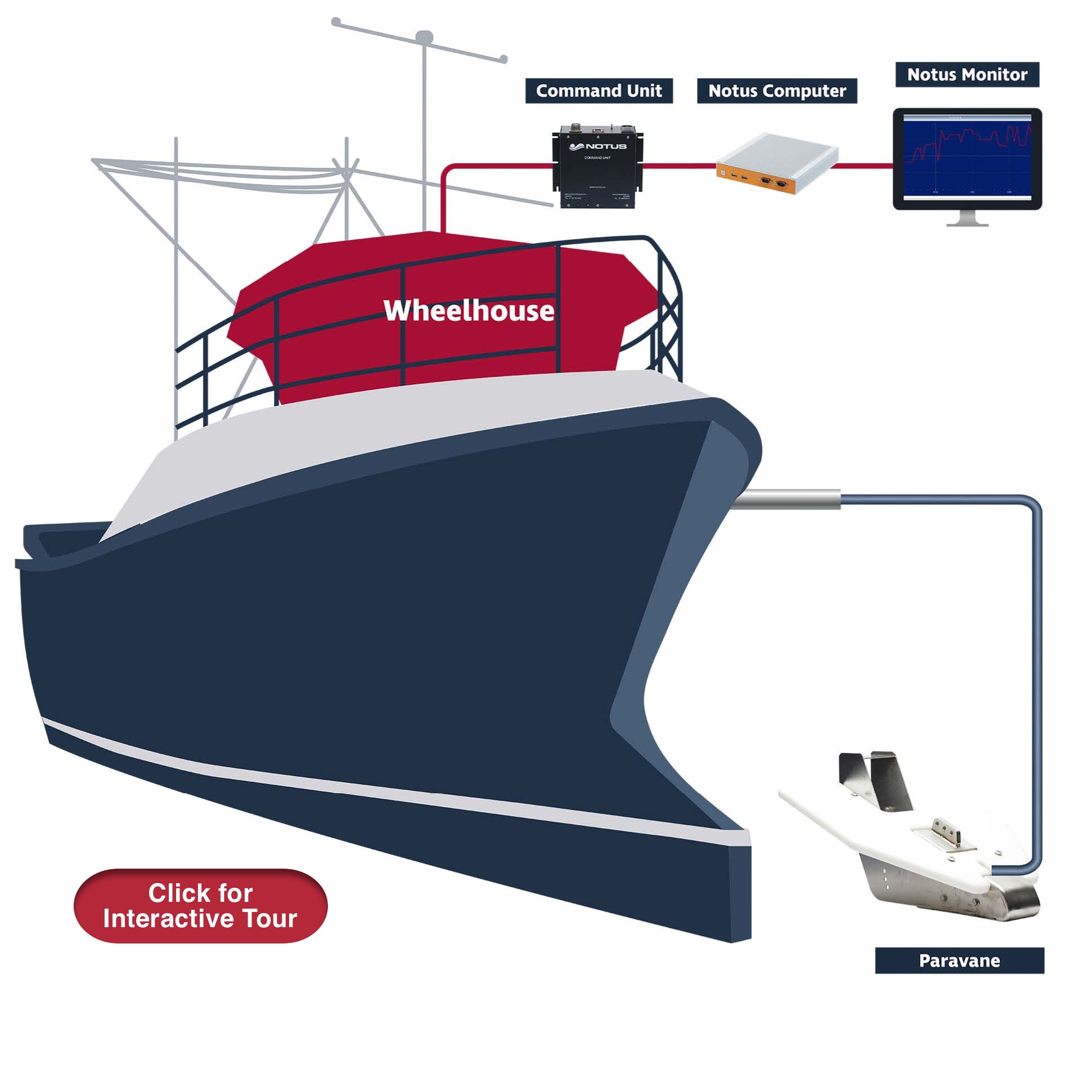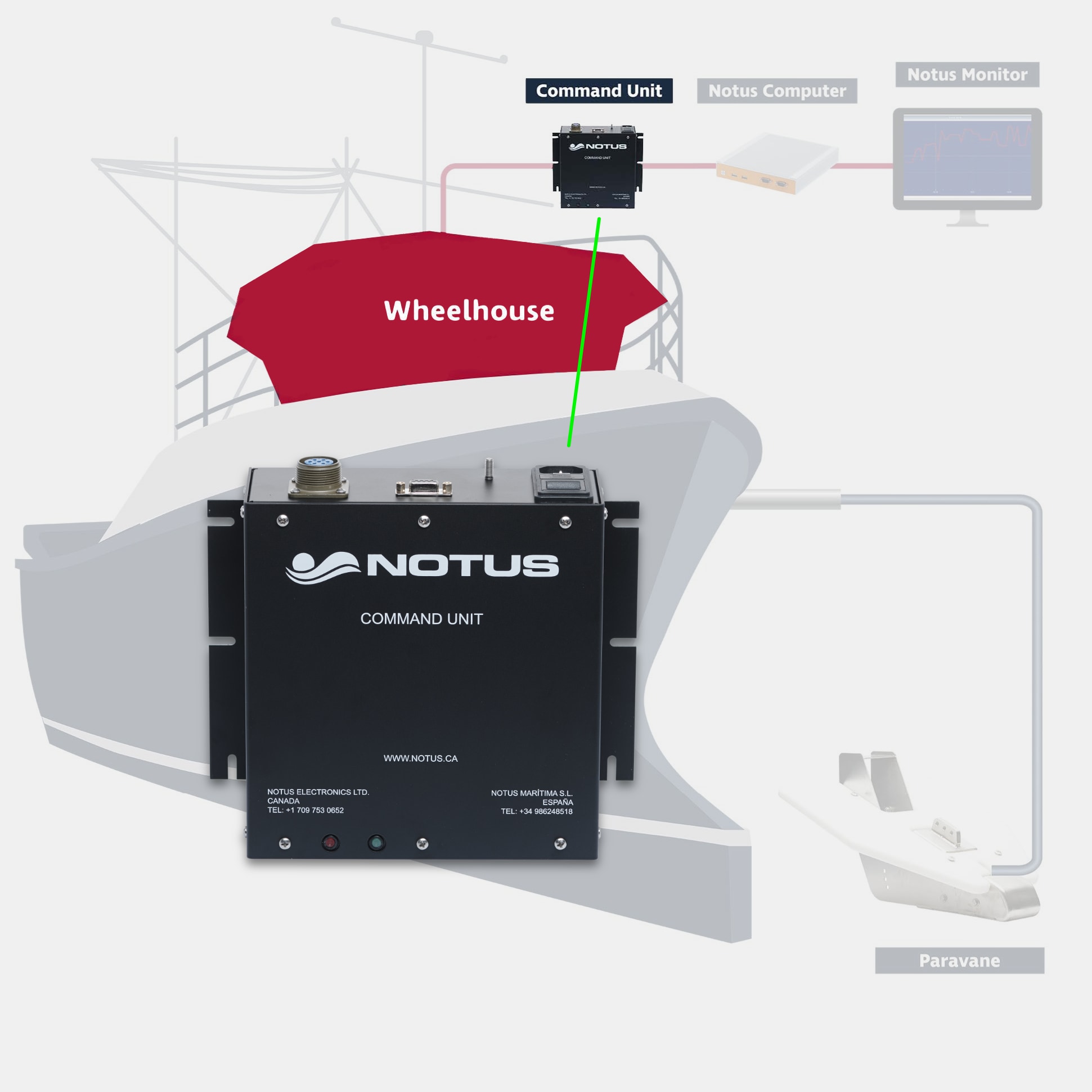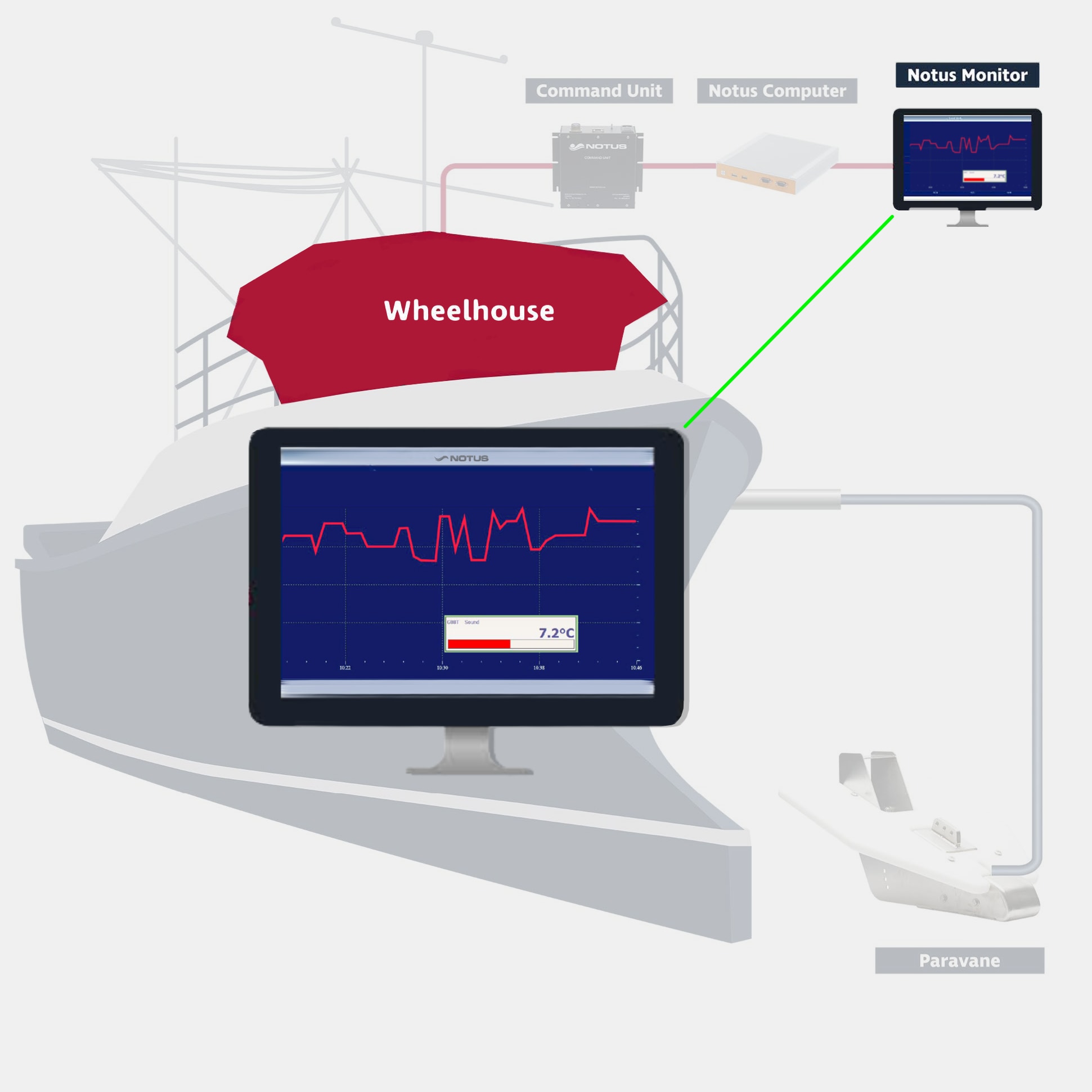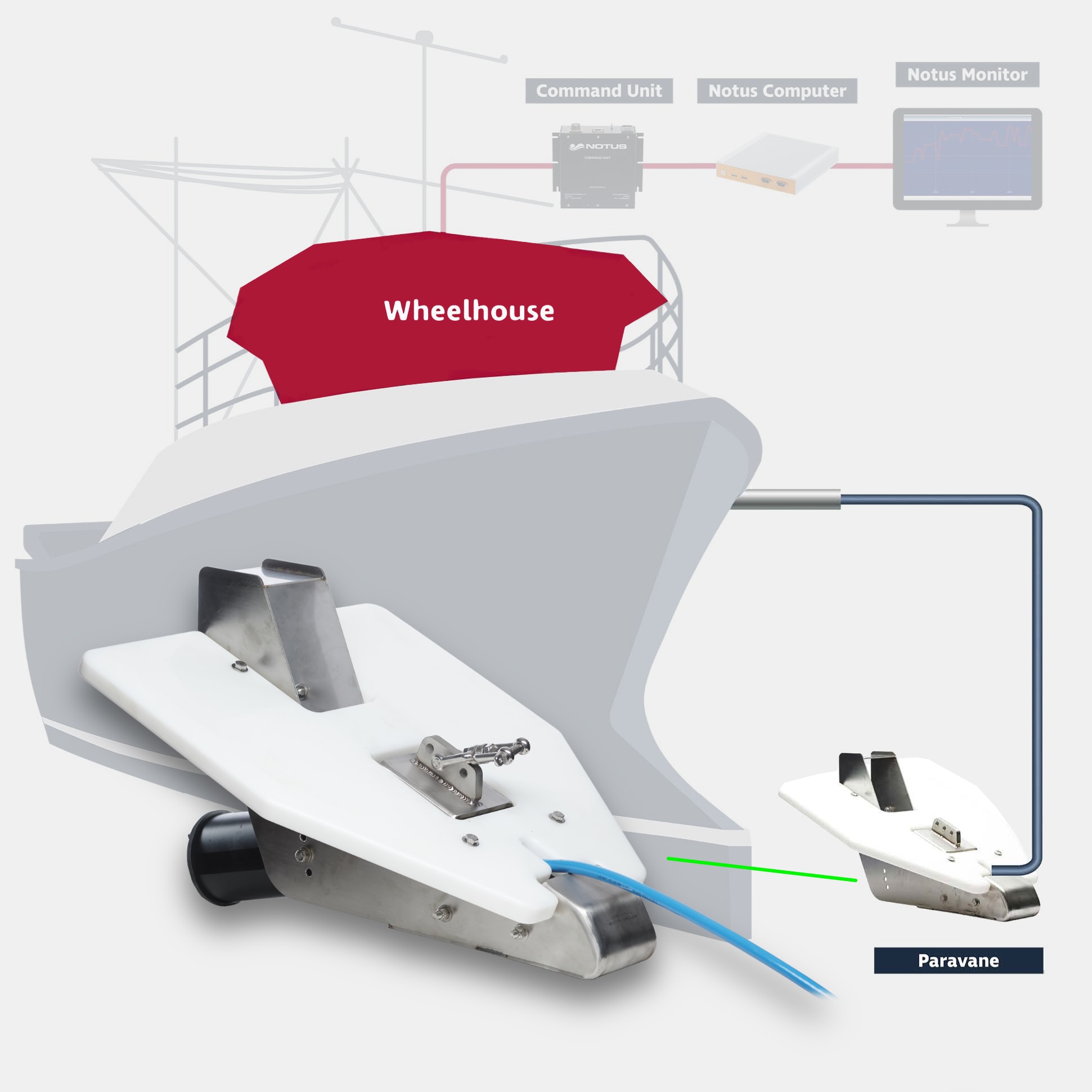SYSTEM CONFIGURATION AND COMPONENTS
The Notus Difference
Sensors are not used active two-way communication systems, other network monitoring systems are tested.
Rather than being available to users, Notus communicates with each other through proven bi-directional protocols. Notus is the only system using this robust system, which allows the captain to control autonomy and data rate.
Variable baud rate: intervals of 5, 10, 20 and 60 seconds control battery life.
Notus is the only system that delivers true omnidirectional beams to all of our network monitoring sensors. This provides a reliable and reliable data transmission channel.
Notus Activ-Omni Intelligence delivers maximum performance and superior results.
In the photo: Pacific pigeon
Projectile detection
Using advanced acoustic analysis techniques, the Notus ECHO detects seashells that hit your butt.
Notus ECHO offers many benefits:
On a three to four hour journey, crustaceans are usually caught for 15 to 45 minutes.
See exactly where the shellfish volume is and return to the same place.
Eliminate `` water tugs '' - when returning the trawl, the only catch is water.
The ECHO system includes:
The onboard equipment ( control unit , computer and hydrophone ) supports wireless communication with the ECHO sensor located directly on the trawl. A dynamic line graph is presented showing images of molluscs under the trawl. The system uses a waterproof charger that charges when the sensor is plugged in.
The ECHO can be integrated into an existing Notus Trawlmaster network monitoring system or fully configured as a stand-alone system.
Notus ECHO system
It helps define captains " sweet spot " in the trailer, allowing them to repeat the lines in areas where shellfish are found.
Sensors
(General characteristics)
• Distance range: up to 2500 m or more
• Mesh angle accuracy: +/- 0.5 °
• Mesh angle resolution: +/- 0.1 ° Weight: 2.0 kg in water
Network sensor
Grille angle and sound are standard features of the ECHO sensor.
Mesh sensors in the corner of the screen.
The need for any mesh.
If the door is not at right angles, nothing comes out.
Indicates if the gate is locked.
Estimate the amount of grip by monitoring the downward trend in the mesh angle.
Check immediately if the grille is installed correctly.
Sound
• Easy to see when you are fishing 500 lbs / hour or 6000 lbs / hour.
• Find the sweet spot on towing and aim at that area
• Look in which direction the clams are moving.
• For example, detecting movement of molluscs from east to west.
• Create an ECHO fleet. Work with other vessels to pinpoint the location of shellfish in the field. to track exactly where the shrimp are on the ground.
Temperature capabilities and additional enhancements to the ECHO sensor to optimize every tow.
Cooler water can be an indicator of larger crustaceans.
Depth sensors measure between the surface and the boards / trawl.
It is easy to see if the trawl is coming out of the bottom.
















